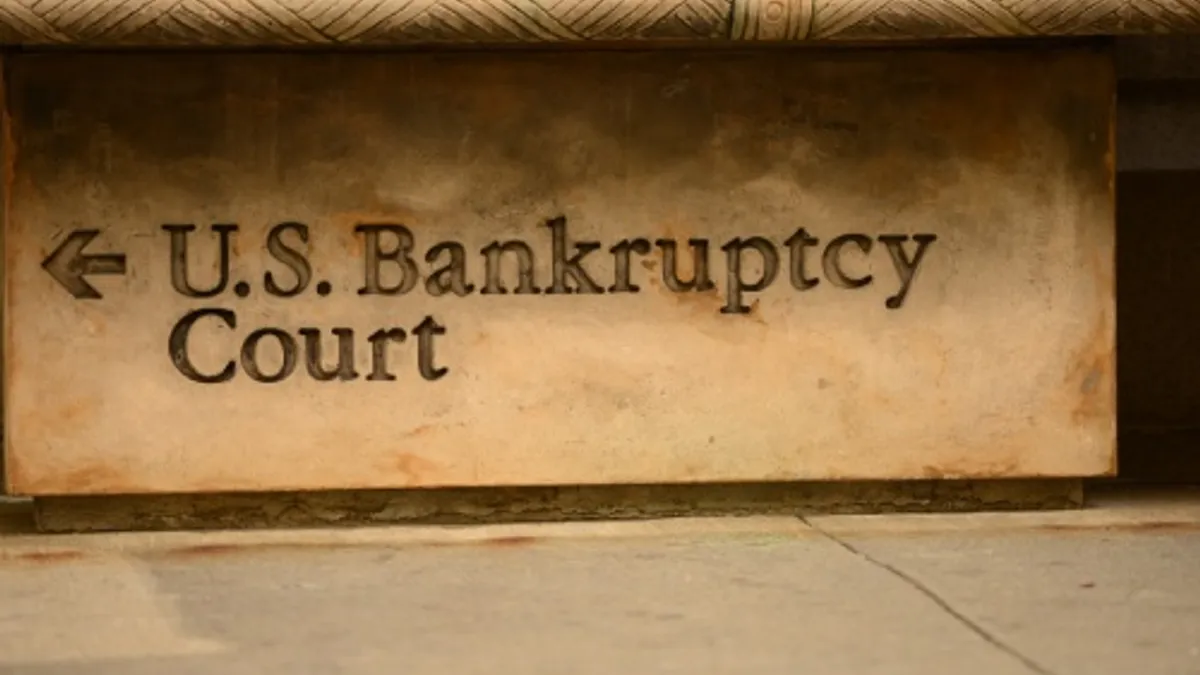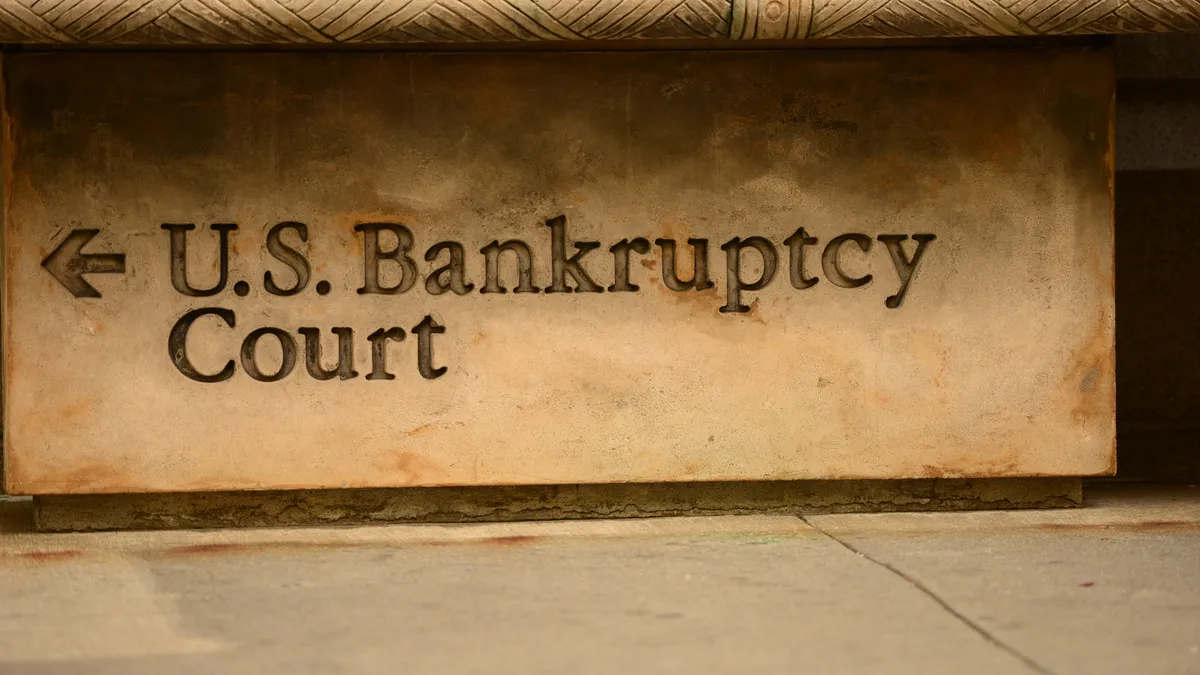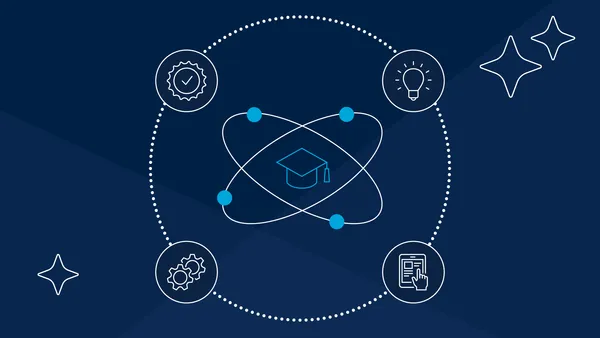Yolanda Watson Spiva is president and Dhanfu E. Elston is chief of staff and senior vice president at Complete College America, an organization focused on addressing inequities and performance gaps. They are alumni of HBCUs.
Historically Black colleges and universities are today receiving enormous amounts of resources — from philanthropist Mackenzie Scott’s transformative multimillion-dollar donations to billions of federal dollars flowing to HBCUs through COVID-19 relief funding. Though these investments in HBCUs are long overdue, they are still welcome developments that shine a well-deserved light on these institutions.
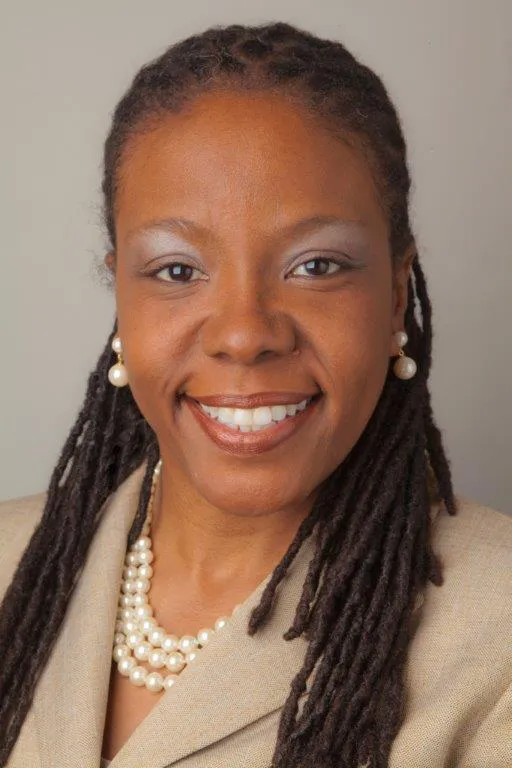
HBCUs have a capacity for resilience and innovation that has gone unappreciated for far too long. They’re places where Black students thrive, often against long odds and a chronic shortage of resources. They make up only 3% of all colleges and universities in the United States, yet they produce 20% of our nation’s Black college graduates, a quarter of this country’s Black STEM graduates, half of all Black attorneys and 80% of Black judges. And as society and higher education have begun the long process of broadly acknowledging and dismantling systemic racism and injustice, they have sought support from HBCUs.
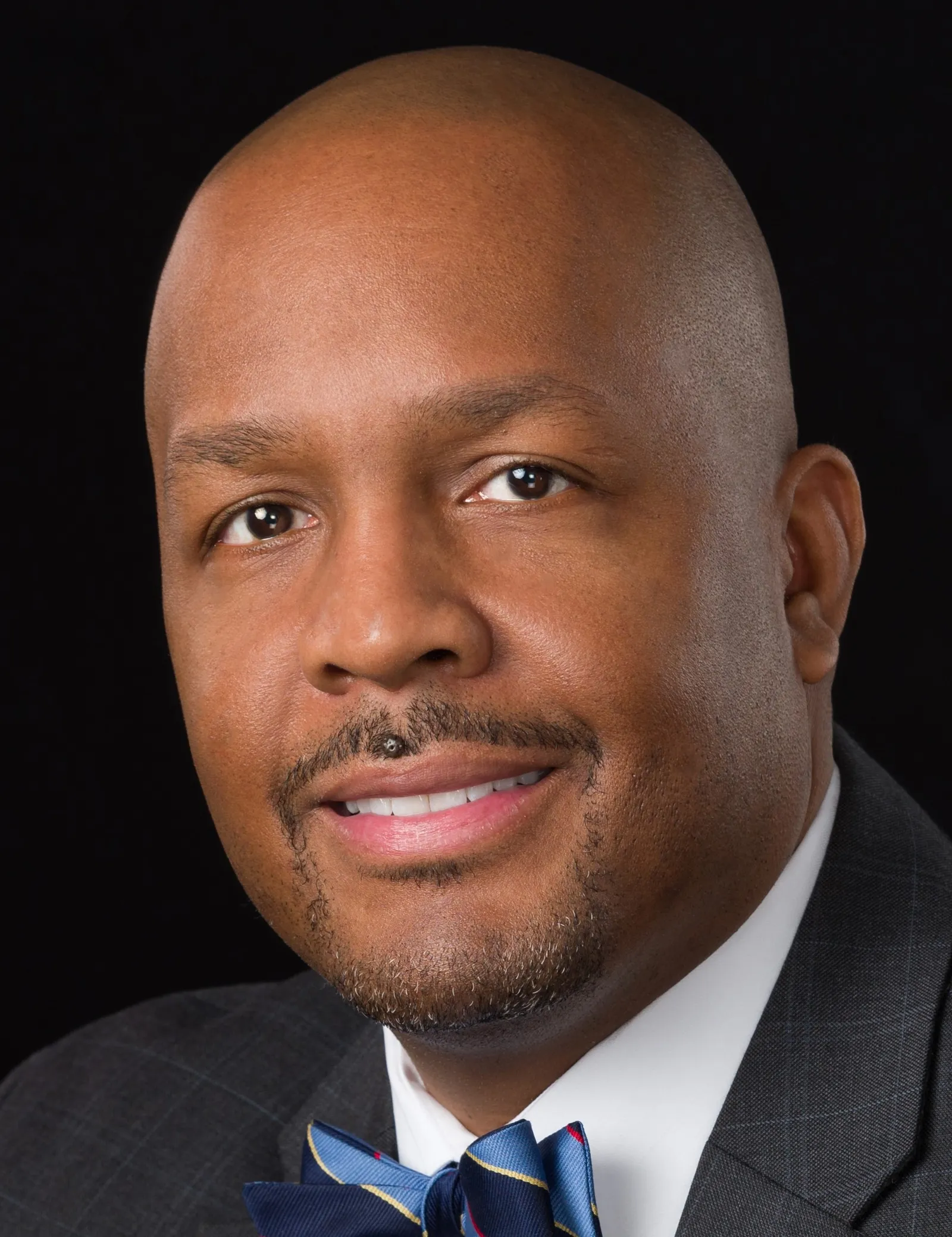
Black colleges and universities, which have too often been underfunded at a federal level and overlooked by the general public, are at long last beginning to get their dues. It’s time to share their value and uniqueness with the wider world. We need to move beyond the traditional — and in many ways tiresome — deficit-based understanding of HBCUs and toward an asset-based view of their innate strengths and potential.
In fall 2021, Complete College America launched the HBCU Digital Learning Infrastructure Initiative alongside the Bill & Melinda Gates Foundation to work with historically Black institutions to co-design a long-term strategy for building a foundation for successful digital learning. This initiative will invest in new digital technologies and practices that will play key roles in the future of the college experience — and provide a comprehensive view of how HBCUs are maintaining their digital cultures online. The rapid digitization of everything on campus, accelerated by the COVID-19 pandemic, has laid bare the stark structural inequities in digital learning infrastructure at HBCUs that threaten the progress of student success initiatives.
We need to move beyond the traditional — and in many ways tiresome — deficit-based understanding of HBCUs and toward an asset-based view of their innate strengths and potential.

As we began this bottom-up effort to document and surface best practices, we saw the wisdom and insights of HBCU students, faculty and administrators. Every focus group, every interview and every campus visit reinforced our belief in the beauty and possibility of America’s Black colleges and universities. These institutions are demonstrating passion, creativity, innovation and hope. They are a breath of fresh air against higher education’s backdrop of change, challenges and uncertainty.
One crucial question confronted us at the beginning of this work: Given all this opportunity, what do we prioritize? Four key areas have emerged.
Belonging
HBCUs are places where Black students experience a deep sense of belonging. Repeatedly, the students we’ve met described a sense of "home," cited the importance of traditions and talked about the culturally affirming aspects of their campus experiences.
Engagement between students and faculty, from shared meals to long conversations outside the classroom, plays a central role in creating this sense of belonging. Connection reaches all aspects of students’ lives, including academic and non-academic support as well as help to meet basic needs.
The difficulties of COVID-19 showed just how important belonging really is to students and families alike. It also revealed the difficulty of digitizing something so organic and personal. A key challenge for the Digital Learning Infrastructure effort will be translating a supportive campus environment into a digital learning space.
Connectivity
Given the prevalence of technology in our lives, it can be difficult to imagine a world in which basic connectivity is a barrier. On some HBCU campuses, especially those serving rural communities, access to technology can be more tenuous than it should be.
Decades of underfunding have created large gaps in basic technology infrastructure — unstable or nonexistent campus Wi-Fi, outdated hardware, a lack of interoperability between data and software systems, and necessary systems that don’t talk to each other. This last-century technology leads to a lot of duplicated tasks and wasted time.
Moreover, student support is often spread across multiple portals, departments, hotlines and help desks, making it difficult for students to get the right resources at the right time. Given the number of academic, advising, financial, health and other resources available on any given campus, this disconnect leads to lots of time searching for assistance instead of providing it.
Talent
Many faculty members reported feeling unsupported in their efforts to optimize the use of new technology, especially in the classroom. Their talent as effective teachers did not translate easily to the online learning environment — and required unique ways to maintain the cultural connection HBCUs are known for. Nearly everyone we talked to was eager for technology to enhance in-person, hybrid and fully remote learning experiences if institutions could figure out how to support the proliferation of new platforms.
HBCU faculty and staff also want professional and talent development — not just more of it, but new innovations in the ways technology is used to deliver professional training. They also want this training for more than just teaching and learning. It must be extended to critical IT and data functions that make digital learning infrastructure work for the entire campus community.
Systems
Systems can either hinder or enable the success of creating a digital learning infrastructure. HBCU leaders, faculty and technology staff say there are opportunities for greater alignment on both system and institutional policy, including ways to think differently about funding and investment.
But given the massive changes taking place at colleges and universities, many we spoke to expressed skepticism about the rapid shift to digital learning and experiences on campuses. As we think about how to sustain change on campuses, it’s critical that we align the perspectives of detractors and optimists alike to ensure that digital learning infrastructure thrives.
Even with the right policy and perspectives, the nuts and bolts of digital transformation will undoubtedly demand new skills, habits and procedures for all involved in building a more digitized college experience. The need for new practices — specifically around change management for such wide-reaching initiatives as digital transformation — is an opportunity for investment by philanthropy and government leaders.
Ultimately, innovation in higher education is about more than just following the shiny allure of technology for its own sake. It’s about equipping people — educators, leaders and learners alike — with new tools to improve learning outcomes and enhance the educational experience. The ideas and opportunities incubated at HBCUs across the country will create value at all other institutions committed to creating innovative digital learning cultures where Black and other historically excluded student populations can feel a sense of belonging and thrive.











